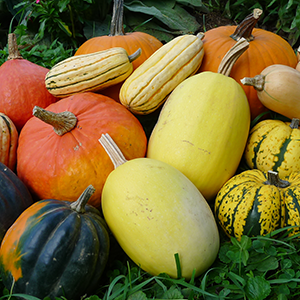
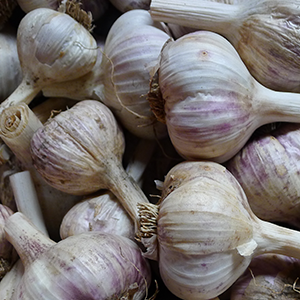
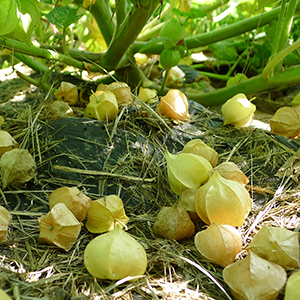

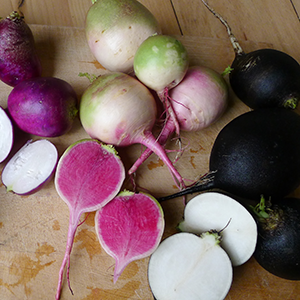
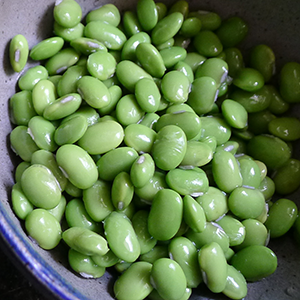
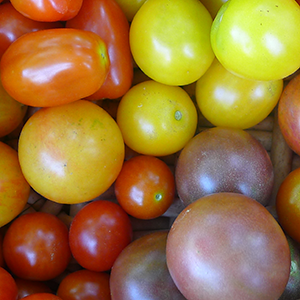



News and Notes | The Anchor Run Blog
Displaying a Single Post |
Show Recent Posts
July 31, 2016
Husk Cherries New this Week
By Linda Dansbury
Husk Cherries New this Week
By Linda Dansbury
We are well into the summer season and from a harvest standpoint, that means that the crops will stay pretty much the same for the next few weeks with a new or different item here and there. This week we have husk cherries, which are also known as ground cherries and cape gooseberries. They are in the same botanical genus as tomatillos, and look like minature versions of them. They have significant amounts of beta carotene, protein, calcium, fiber, vitamin C and iron. One of their names, ground cherries, is due to how they are best harvested: when they are really ripe, they fall off the plant and so all you do is pick them off of the ground. In most years, they can sit on the ground with just their protective husk for a long time waiting for one of us to pick them up - with all of this year's rain, I am not sure how long they will keep. To store them, you can just leave them in their husks and sit on the counter or table - they will keep for weeks at room temperature. Early settlers and Native Americans used these as a major portion of their diet through the winter because it is a very nutritional item that doesn't require any preservation.
The taste is somewhat tropical - I have read this description of their taste: a cherry tomato injected with mango and pineapple juice. We have a couple of recipes on this site - Ground Cherry Pie and Ground Cherry Jam. Other ways to enjoy them include using them in salsa, adding to salads with a bit of goat cheese, layer with tomatoes and basil for an easy appetizer, or in meat or fish dishes as a replacement for other recommended fruits.
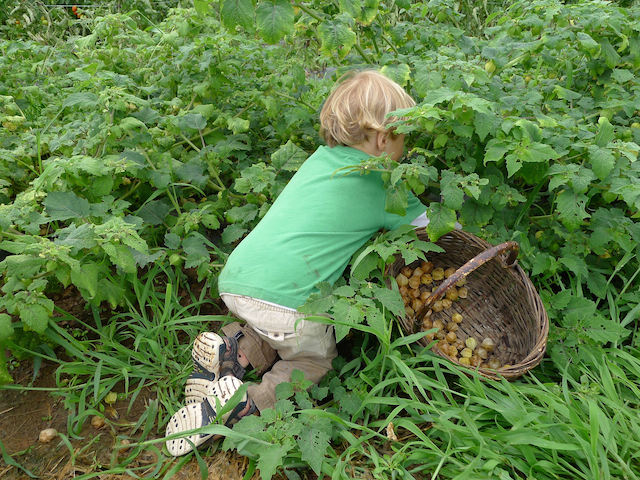
When husk cherries are ripe they drop from the branches to the ground, hence the alternate name ground cherries. As Gabe demonstrates, picking these is an enjoyable and adventurous task for kids.

POSTS BY TYPE
POSTS BY MONTH

